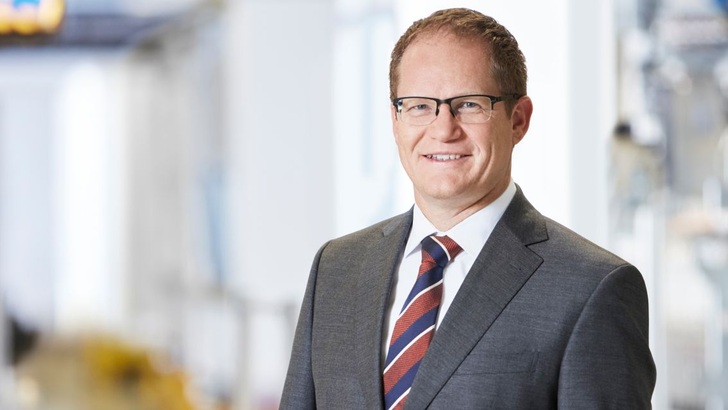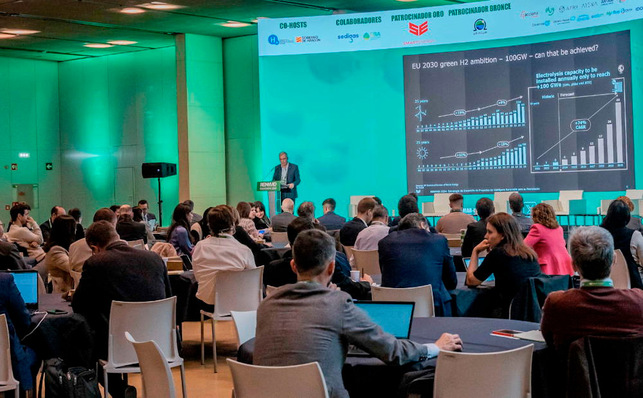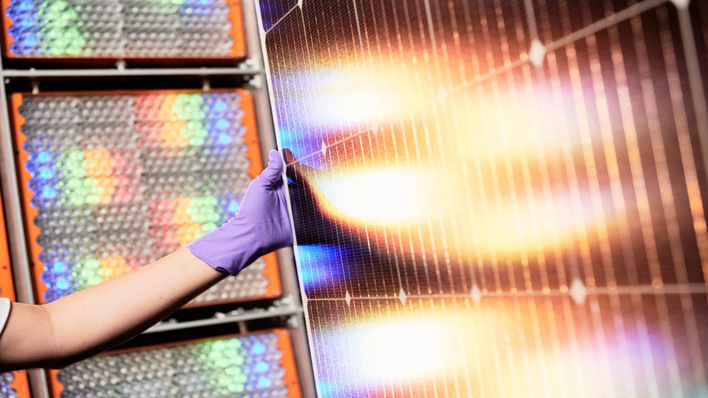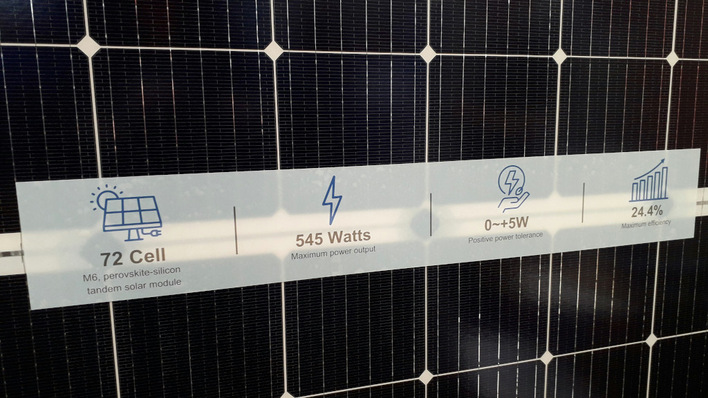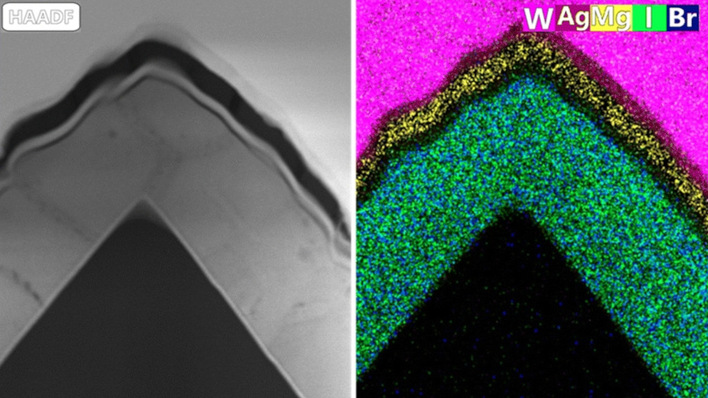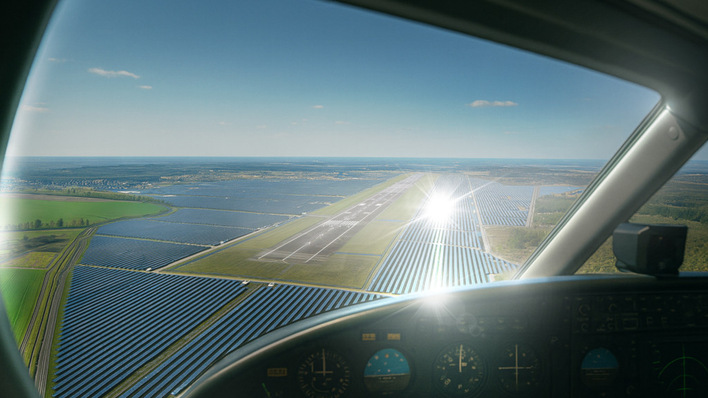How has the power density of inverters for the solar industry developed?
Juergen Reinert: Three years ago, we had a power density of 100 volt ampere per litre for the smaller inverters, which corresponded to about 100 kilowatts per cubic metre. Today we are at 500 volt ampere per litre, i. e. five times the power density, for our best devices.
What's the next step?
We are currently in the process of developing a large string inverter for commercial installations, which is due to be marketed at the end of 2018. It will have an output of more than 100 kilowatts and operate at a system voltage of 1,500 volts. With this, we achieve a power density of 700 volt ampere per litre. In three to four years, 1,000 volt ampere will be our target. This means a tenfold increase in less than ten years.
Will 1,500-volt technology become the new standard?
Higher system voltages are very effective in increasing the power density. The higher the voltages, the lower the currents at the same power. Due to lower power dissipation, the cooling systems can also be smaller in size. But until such voltages become standard for roof systems might take a few more years. Our new Sunny Tripower Core1 for commercial rooftop systems, for example, has not yet been designed for 1,500 volts, and we do not see any market for this at the moment. It operates at an input voltage of 1,000 volts.
Why will it take time for 1,500 volts on the roof to be standard?
When we launched our first central inverter at 1,500 volts a few years ago, fuses, switches and terminal boxes were still relatively expensive. In the meantime, the situation of suppliers has improved. They have recognised the trend. This helps to reduce costs. For this reason, the higher voltage has initially established itself in this segment, but will also increasingly become an option for larger roof-mounted systems, if the standards are adapted accordingly.
In addition to the different voltages, there has been a lot of discussion about whether central or string inverters are better suited for large-scale installations. Is time running out for central inverter stations?
We do not see that. Although there is a trend towards string inverters also in large-scale installations, central inverters continue to dominate the utilities business in terms of installed capacity. In markets such as Australia, India, the Middle East and North Africa, we are building large solar installations with central stations.
And in China?
The Chinese market is almost exclusively supplied by Chinese manufacturers. However, we are currently seeing a good development in the field of string devices, both for SMA and our second brand Zeversolar. The Chinese will be adding between 30 and 40 gigawatts this year, and so even a small, growing market share means high solar power output.
Besides the voltage situation, what trends do you see in power electronics?
We see two important technological developments: On the one hand, electricity storage facilities are increasingly being integrated. We see this in the German market, for example, but also in the UK, where we are installing large-scale storage facilities to support the grid. Furthermore, the trend is towards interconnecting an entire residential building, but also commercial facilities. In addition to the use of storage units, we are also dealing with integrated energy, i. e. the integration of heating, electricity supply, air conditioning, refrigeration, white goods and communications technology. The Internet of Things is also popular with consumers. In order to design this, however, you have to understand it.
What do you mean by that?
There are reasons why Google, Apple or Amazon have so far been active in consumer electronics and communications technology, but have played little role in energy. Only those who have a comprehensive grasp of the system, including all sectors, can be successful in the area of digital energy services. Cyber security also plays an important role.
You already took the first steps in this direction years ago with the Sunny Home Manager...
Now we are rolling out our first version of the new energy management system Ennex OS, which combines all these functions in a single platform. One platform for all devices and interfaces, freely scalable in hardware and software. At first, we will launch the new product for commercial users.
How many solar installations do you have in the SMA portal so far?
Almost 300,000 already, and of course we are very interested in bringing customers to our portal. In this way, we can offer them very professional and high-quality maintenance services, both from installing companies and from our SMA service. The percentage of new registrations from newly installed systems is 60 to 70 percent. In the past, it was less than 50 percent.
You mentioned storage units. How great is the proportion of storage systems sold?
In Germany, 60 to 70 percent of newly installed systems are now sold with storage units. Photovoltaic systems are no longer conceivable without electricity storage systems, even if there are still markets in which storage systems do not play as important a role as here.
Such as?
Electricity storage systems do not yet play such a major role in the Japanese market. However, this will happen soon. In the UK, currently there are rather large storage units. We have won several projects with a total capacity of 50 to 60 megawatt hours there. Overall, we expect a significant increase in storage systems. In 2016, 2.2 gigawatts inverter capacity for storage systems was sold worldwide, and by 2017 it will probably be around 3.4 gigawatts. That is an increase of about 50 percent.
SMA is a full-line supplier, at least for power electronics. You offer small string devices, commercial devices, central stations, micro inverters as well as battery or hybrid inverters. How do you ensure the service, especially in view of international markets?
SMA currently has around 3,000 staff. More than a tenth of them are active in service and sales worldwide. Wherever possible and appropriate, we cooperate with qualified local partners in order to offer a high quality of service. The wind energy industry has been left wide open because it failed to appreciate service. We offer a full range of services, from commissioning, maintenance contracts and warranty extensions to O&M. We are now one of the world's largest suppliers of O&M for solar systems, and not just systems with our inverters.
So, do you intend to stick to the full product range?
We are not turning away from that. In addition to power electronics, we also offer our customers complete medium-voltage connections, transformers, power plant controllers or components such as fuel savers for integrating diesel generators. We supply more than half of our central inverters as container units, with the complete switchboard for medium-voltage connection, with the transformers and all accessories. Five years ago, it was only 20 percent, which is how you recognise the importance of this segment.
Which markets are currently particularly interesting?
We are founding a company in Mexico, which, by the way, will be in charge of service from day one. The US market, albeit currently characterised by great uncertainty, is also exciting. For two years, it was our strongest market. The project pipeline has now been cleared as a result of the extension of tax credits – and import duties are also under discussion. The situation is thus very unclear at the moment. This is also reflected in our sales figures. However, we assume that this phase will soon be over.
Australia? Asia?
Things are looking much better in Australia. This market was strongly dominated by small private investments. With the Arena project, tenders for several gigawatts are now coming in. We have a market share of 70 to 80 percent in such large-scale projects, which are usually designed with central inverters. We deliver everything there, including the medium-voltage switchgear and transformers. In Asia, India is very interesting this year with seven to eight gigawatts of additional capacity. However, a very fierce struggle for prices is raging there. Things are also happening in China, both in the private and commercial market segment.
How do you assess the development in Europe?
We see a solid increase in Germany, Austria and Switzerland. Prices are competitive, which also has a positive effect on neighbouring countries. After the market in Germany had shrunk to a quarter of its size, this is good news, even if the ability of manufacturers to deliver is currently an issue, even for inverters.
How long does it take to get an SMA inverter to a building site?
As a rule, the standard devices usually take two to three weeks. Special equipment and projects take a little longer. Many installing companies order very late because they have become accustomed to very short delivery times. But I assume that the industry will solve this problem. This will also accelerate the pace of expansion, and the further growth of photovoltaics will be even faster.
Looking back: What did you see as important innovations by SMA for the solar industry?
Five years ago, for example, we started delivering the first containers with complete medium-voltage units. As a result, we have shortened the time required for commissioning from 40 hours to just a few hours. About two years ago, the Sunny Boy Storage was also a milestone. And the Sunny Tripower Core1 for commercial installations this year, which simplifies rooftop installation. These were the most important products, the technical innovations. Looking back, however, I notice something else: At the time, no one could have imagined that, by 2019, we would probably be adding more than 100 gigawatts of PV worldwide per year. No one could have known that solar technology would be such a success.
Where do you see the industry in ten years, in 2027?
At 200 to 600 gigawatts of additional capacity per year. In the sun belt, the kilowatt hour of solar power will cost as little as 2.X cent. More than half of the world's installed power plant capacity will then be generated by PV.
And where do you see SMA?
SMA will be an energy service provider that has developed new market segments and customer groups. The market will then be much, much bigger. From a technical point of view, our products will range from micro-inverters integrated in the panel frame to central inverters with an output of up to eight megawatts or even more. The inverter remains at the heart of our solutions, but software and app-based services will also become increasingly important to us.
The interview was conducted by Heiko Schwarzburger.
Read more about SMA:
http://www.pveurope.eu/News/Solar-Generator/Digitalisation-and-energy-storage-as-drivers-for-solar
http://www.pveurope.eu/News/Solar-Generator/SMA-sells-5.9-GW-PV-inverters-in-nine-months
Learn more about innovative inverters and power electronics for solar applications.
Stay informed, get our newsletter twice a week.
Register here: https://www.pveurope.eu/newsletter


